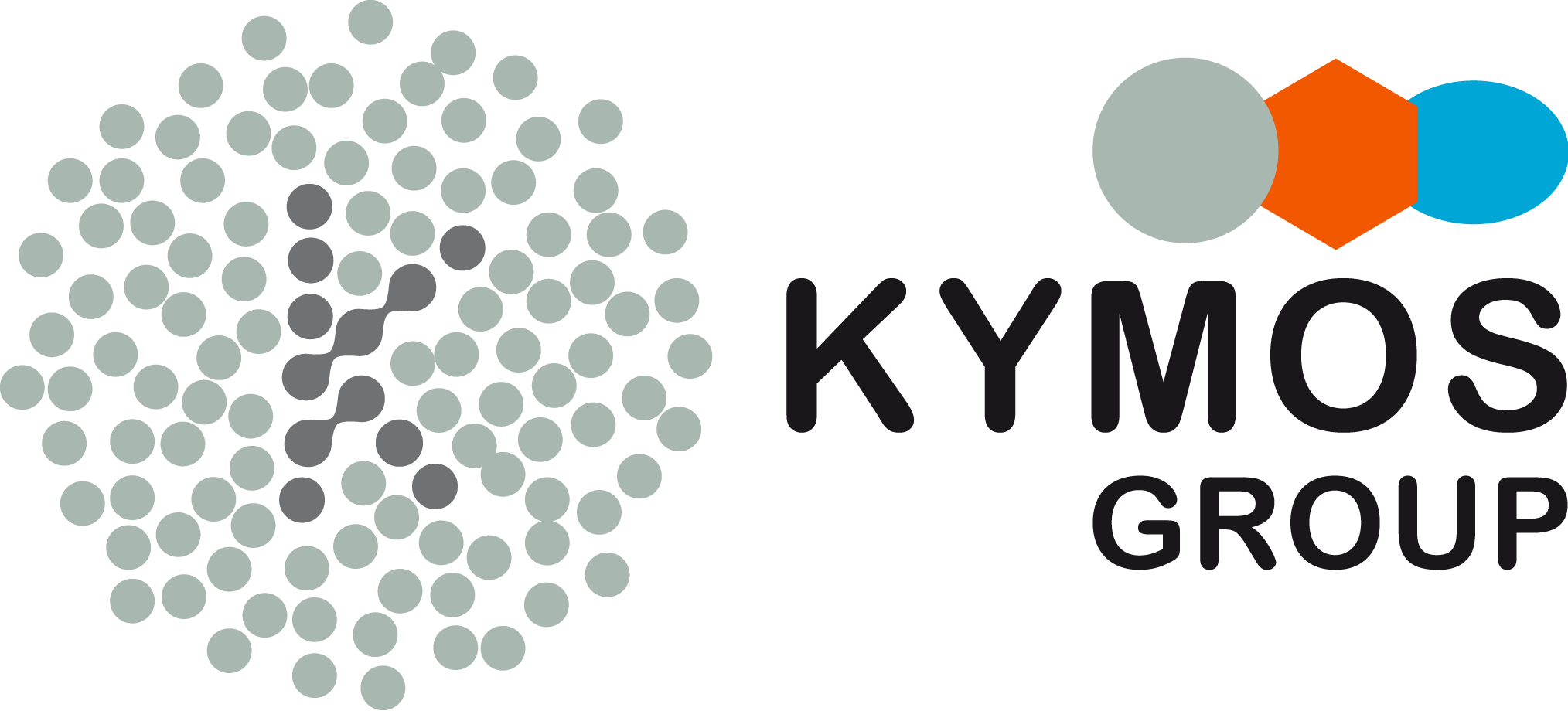Sieve analysis
Particle size has an impact on many pharmaceutical properties such as solubility, compressibility, and bioavailability. From the discovery phase to formulation, quality control and final stage of manufacture, sieve analysis is one of the most widely used analytical procedures for assessing particle size and particle size distribution due to its ease of use and accuracy.
Fine powders, and especially powders with a particle size of less than 40 µm, have been shown to be prone to static electricity, agglomeration, and clogging of the sieve during the screening process. The classic vibrating sieving equipment has proven difficulty in sieving fine powders quickly and accurately, making it ineffective. However, with an air jet sieve, maximum effectiveness is achieved due to the strong shearing force induced by air flow.
Air jet sieving uses stream of air to move particles through a sieve mesh. The vacuum controlling the pressure decrease in the sieve chamber causes the particles to be dispersed and deagglomerated on the sieve cloth briefly before being sucked through the mesh. As a result, the coarse material remains on the sieve, while the fine material is sucked by the vacuum. Advantages of the analysis include the ease of operation, costs and accuracy, as well as no prior sample preparation is required. The method is suited for dry powder materials.
Air jet sieving is an important method of quality control of fine bulk pharmaceutical materials. Sieving analysis with possible variations of sieving parameters in combination with other analytical techniques that we offer at Particle Analytical prove to be beneficial to our customers providing reliable results.
Instrument | Air Jet Sieve E200 LS |
USP/Ph.Eur. | USP 786/ Ph. Eur. 2.9.38 |
Measurement range (with ø 200 / 203 mm) | 20 µm to 4 mm |
Vacuum pressure | 1500-4000 Pa |
Air flow rate | 70-130 m3/h |
Sample amount | 10-100 g |



